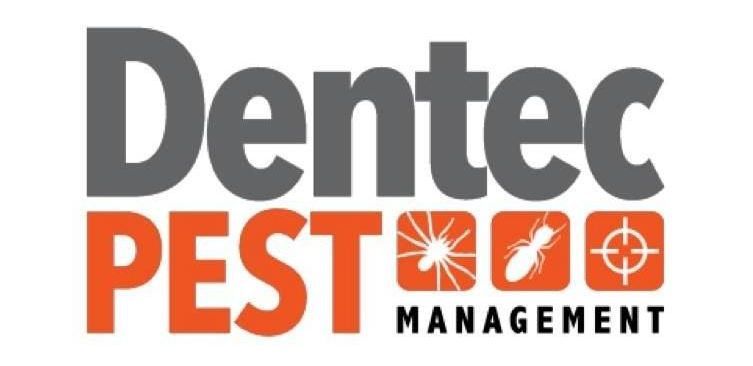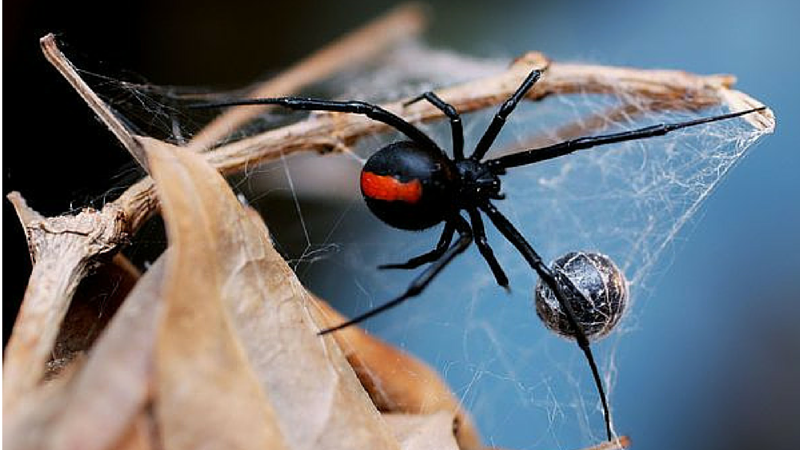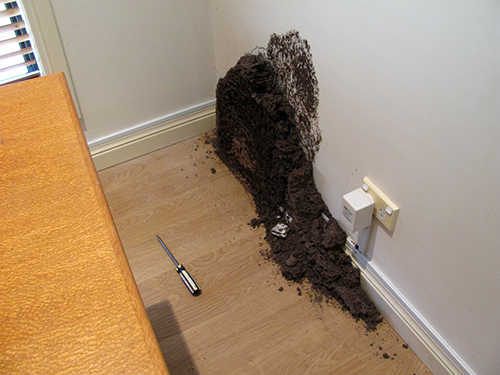The Economic Impact of Termites on Property Values
A termite infestation in your home or business premises is really bad news. Not only do termites in rental property QLD and owned property elsewhere bring disruption to your life and give a feeling of unease, they also can cause huge amounts of damage to your property that can be enormously expensive to put right. And the cost is most unlikely to be covered by insurance, so it is down to you to correct the damage at your own expense, so your bank balance is likely to take a serious hit.
It is estimated that the cost of repairing and treating termite damage amounts to well over one billion dollars a year for Australian home and business owners. Additionally, a termite infestation can have a serious adverse effect on property values, with damage typically reducing the value of a property by up to 25%. Potential buyers will naturally have concerns about a property's structural integrity when a termite infestation is detected, and almost three quarters of them will reject a home if an inspection reveals the presence of termites.
To protect the value of your property and avoid excessive costs for repair and treatment, you must act quickly to prevent an infestation becoming too serious. If you find evidence of termites in a house in Australia, speedy action is necessary before the problem gets out of hand. Your home or business is at risk so never ignore the issue.
How Much Does Termite Damage Repair Cost in Australia?
If you have termite damage, you need to get it fixed to restore the integrity and look of your property. The cost of this will vary depending on the severity of the damage, the size of your property, the materials used and the ease of access to damaged areas. However, you will reduce repair costs if you detect the infestation early and take prompt action to eradicate the pests, so the damage is not too severe.
Typical repair costs are:
- $5,000-20,000 to replace damaged foundation timbers that form the structural base of your property and are essential for its continued survival
- $3,000-15,000 for the structural framing that is the main support structure for the property and cannot be compromised
- $1,000-5,000 for internal and external walls that can be weakened by termites in addition to the aesthetic damage
- $75-200 per square metre to replace floorboards and $1,000-10,000 for damaged joists and sub-flooring, which is essential to preserve safe use and prevent structural issues
- $500-5,000 for each door and window that has termite damage
Severe damage can require the replacement of entire structural elements. These elements can be very costly, particularly for foundation and structural timbers that are more expensive than items such as facings.
For Treatment, What is the Impact of Termites?
It is pointless spending a lot of money repairing the damage that termites cause if you still have an infestation. So you also need to eradicate the problem and take steps to prevent future attacks. The cost of treatment will vary depending on several factors:
- the size of your property, since a large property will naturally cost more to treat than one with a smaller area
- the severity of the infestation, since a localised presence may be quite simple to deal with, while more widespread penetration will need a higher level of treatment
- the type of treatment needed, which may depend on the termite species. Dry wood termites are generally more difficult to eradicate than subterranean termites, so treatment will cost slightly more
- ease of access; the layout and construction of your property may make certain areas difficult to reach and can add up to 20% to treatment costs
- the method of treatment, which will vary depending on the particular situation. Chemical barriers will be $800-2,000, baiting systems can be $1,500-3,000 initially plus annual maintenance costs of $300-500 while fumigation is the most expensive method at $3,000-6,000.
The total cost of treatment can run into several thousands of dollars, especially for large properties with a severe infestation. The need for early detection and prompt action are key factors in keeping costs low since treatment will be much more difficult once a termite colony becomes fully established and active within your property.
Taking Preventative Action to Minimise Treatment and Repair Costs
Although regular preventative measures will cost money, the amounts are almost insignificant when compared to the cost of treating a termite infestation and repairing the damage it has caused. Costs of up to $100,000 are not unknown and, since these are unlikely to be covered by insurance, it is an expense that many property owners will be unable to afford. Preventative measures, therefore, should be seen as an investment that will pay dividends in the long term by avoiding much higher costs later as well as the upset that is caused by a termite infestation.
The first phase of preventative measures is a regular inspection, typically annually, that will cost between $250 and $500. This will identify any signs of termite infestation as well as the presence of other pests, and will enable early treatment to be undertaken so that major problems are avoided.
If treatment is needed, this can require the setting of baited traps where termites will take the poison back to the colony and kill other members so the whole colony is eventually eradicated. Chemicals can also be sprayed, the soil around the property can be treated, and the property can be fumigated, which is often the most effective method of treatment. Barriers will also be set up around the property to deter termites from entering in future. These can be chemical or physical barriers that termites cannot cross.
Taking a proactive approach will greatly reduce the risk of infestation. This will protect your property, minimise future repair costs and maintain the value of the property.
Self Help Measures to Prevent Termite Damage
In addition to using professional help to protect your property from termite attacks, you can also take some simple steps yourself:
- Inspect regularly, looking for signs of termite activity. These signs can include the discarded wings of swarmer termites that indicate a new colony is being formed, damaged wood and wood dust, termite droppings, mud tubes that the termites move through and rustling noises within the walls.
- Keep your property clean, particularly removing anything that can be a source of food and put all waste into sealed bags and bins.
- Avoid excess moisture by fixing dripping taps and leaks. Termites feed particularly on damp wood, so it is advisable to reduce their opportunities.
- Remove all surplus wood from outside areas, clearing garden refuse and cutting back shrubs and trees that are too near to the building and may provide a pathway in.
- Seal entry points such as cracks, holes and gaps to deny access to termites.
The cost of repairs and treatment, as well as the potential financial impact on property values, are too great to take any risks. To avoid future problems, you need to be proactive, constantly looking for signs of termites and taking prompt action to deter and eradicate them.
We can help by providing a plan to inspect regularly and take the necessary action. We will also advise what you need to do so contact us now and avoid the economic and emotional cost of termite damage.
The body content of your post goes here. To edit this text, click on it and delete this default text and start typing your own or paste your own from a different source.



